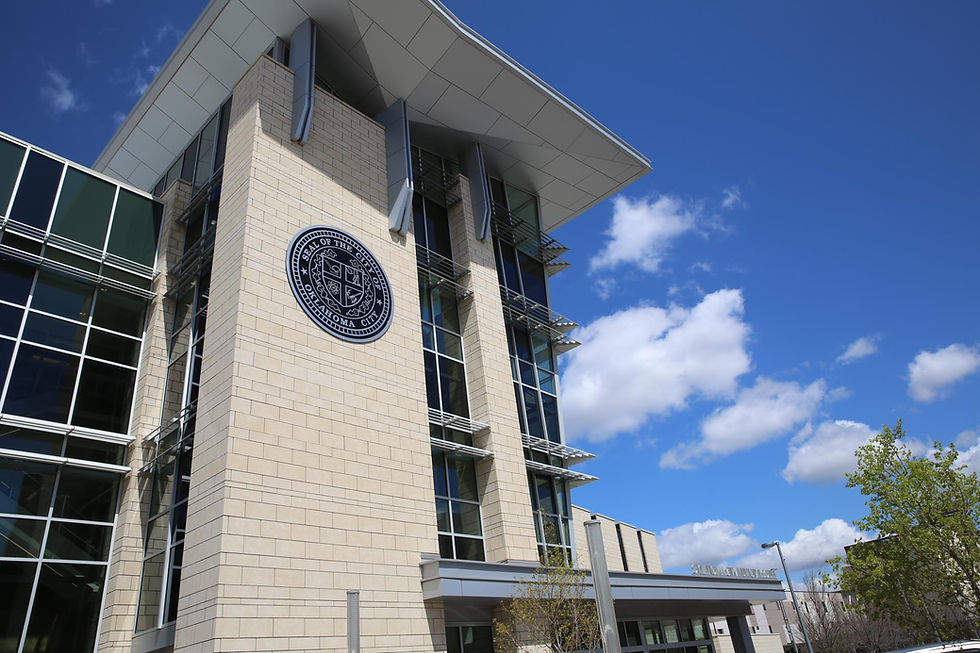Recent reforms lead over 30% decrease in average inmate population at Oklahoma County jail
- CJAC

- Jan 16, 2020
- 2 min read
Updated: Jun 11, 2024

The average number of inmates at the Oklahoma County jail has decreased by over 30%, which community leaders attribute to new approaches for criminal justice reform.
At a forum hosted by the Greater Oklahoma City Chamber on Wednesday, key reform advocates spoke about changes made in recent years to bring the jail population down and address root problems.
Between October 2018 and October 2019, the one-year average population was 1,663, according to numbers from the Oklahoma County Criminal Justice Advisory Council.
Still, the jail was only built to hold 1,200 individuals. But it is a vast improvement from previous overcrowding in the jail, which ran closer to roughly 2,600 individuals incarcerated.
“We’ve seen a return on investment on all justice reform efforts this far,” said Chamber CEO Roy Williams.
Panelists at the forum were Tim Tardibono, director of the CJAC; Tricia Everest, chairwoman of the Oklahoma County Jail Trust; and Greg Williams, CEO of the jail trust and the county’s new jail administrator who will manage the jail in coming months.
Discussion focused on the ways various elected officials, business leaders, community advocates, law enforcement and service providers have come together to share data and implement new ideas to break cycles of incarceration.
Since 2015, an analysis of the jail and the creation of the CJAC — a full-time, county-wide council — has prompted a significant shift to acknowledge issues at the jail as a problem needing collaborative solutions, Tardibono said.
“This is not a sheriff’s problem only or a county problem only — this is a community problem,” Tardibono said. “They are little pieces, but each partner looks at ‘What can we be doing in what we control to try to move us forward to a more just and more efficient justice system?’”
Over the years, this has meant reforms at the Oklahoma City Municipal Court to increase the number of cost hearings and a focus on using diversion programs.




Comments